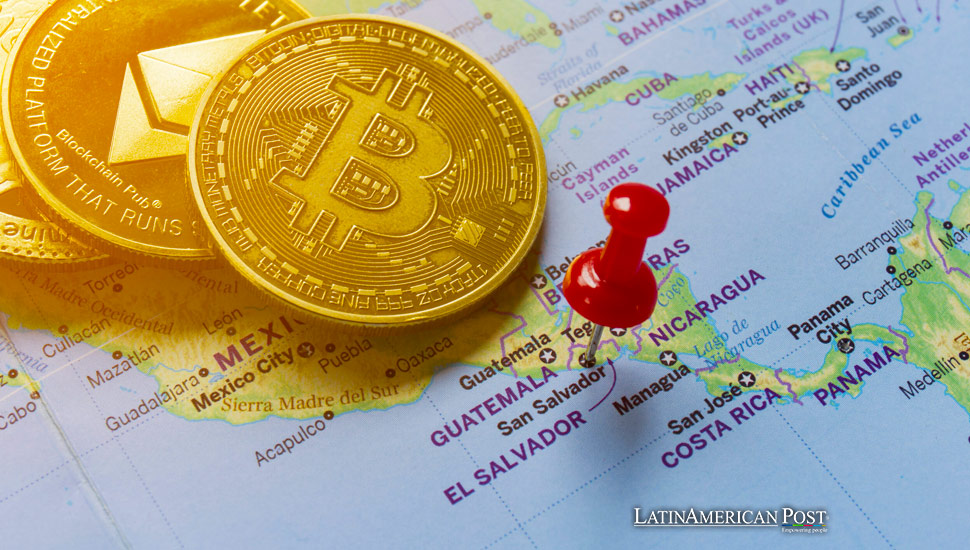Latin America’s crypto journey: the countries leading the cryptocurrency adoption race

The advent of crypto has nearly split the world in half. On one side, we have those who support the use and adoption of digital currencies, highlighting and praising their potential and the many benefits they already provide. On the other side, we have staunch crypto critics who warn of the risks associated with crypto assets and point out everything that’s wrong with this nascent industry.
It’s no secret that digital currencies haven’t been received with open arms in all parts of the world. Although crypto awareness has increased considerably in recent years, and most people are well informed on the best way to buy Bitcoinand the steps one has to take to invest in digital currencies, the reluctance lingers on.
Even today, 15 years after the birth of this intriguing and highly controversial asset class, most governments remain weary of crypto as they are still struggling to navigate its complexities and dodge the dangers. But that’s not the case with all nations, as certain regions are much more open toward digital currencies and the technologies underpinning their evolution than others.
It’s safe to say that Latin America sits at the opposite end of the spectrum from crypto-septic jurisdictions, positing itself as a leader in crypto adoption despite the challenges it implies. Various socio-economic factors such as inflation, economic uncertainties, increasing internet penetration, and other country-specific aspects have created a fertile ground for crypto to thrive here.
Latin America’s proclivity for cryptocurrency is best reflected in the latest figures for the region. Data provided by the Inter-American Development Bank reveals that the number of crypto companies offering their services in LATAM and the Caribbean has almost doubled between 2016 and 2022, amounting to over 170 firms.
As expected, there are discrepancies within the region as well, as regulations and acceptance levels for digital currencies differ from one country to another. So, let’s take a closer look at the Latin American nations that are forging ahead with crypto adoption.
Brazil
Brazil tops the list of LATAM countries in terms of crypto adoption, being ranked ninth in Chainalysis’ 2023 Global Crypto Adoption Index. Over the years, Brazil has adopted several measures that have paved the way for the crypto-friendly environment it boasts today.
The introduction of Law 14,478 in 2022 represented a pivotal moment in the development of the local crypto market. The law known as the Legal Framework for Virtual Assets in Brazil (Cryptoassets Act) established guidelines for regulating the activity of companies providing virtual asset services (VASPs) in the country. One of the requirements laid out in the law is that all VASPs have to obtain authorization from a relevant administrative body to operate lawfully. In 2023, Brazil Brazil’s Central Bank announced its intention to launch its own central bank digital currency (CBDC), the Drex, which is supposed to happen by the end of 2024.
With economic inequality reaching extreme levels and an unbaked population of almost 34 million people, crypto transaction volumes in Brazil have been on the rise for the past years, standing at around $2 billion. Crypto literacy also seems to be rather high, with 59% of Brazilians having a pretty good grasp of what crypto is and one in five citizens owning crypto.
Argentina
Argentina also stands out as a pioneer in crypto adoption in the region. Radical changes in crypto policies have led to the progress of the local crypto market. The country went from banning financial entities from carrying out operations involving crypto assets that weren’t regulated by the central bank to officially recognizing Bitcoin as a currency, and validating contracts denominated in Bitcoin.
The exceptionally high inflation rates and the devaluation of the peso by more than 50% as a result of the emergency economic reform seem to be the main factors fueling crypto adoption in the country. As Argentina struggles to keep its economy afloat by implementing drastic measures, people are turning to crypto to escape inflation and gain more control over their financial lives. The crypto transaction volume of nearly $85.4 billion registered in the year to July 2023 – the highest in Latin America – speaks of the country’s confidence in digital currencies and the opportunities lying ahead.
Colombia
Much like other countries in the region, Columbia’s pro-crypto stance stems from a combination of crypto-friendly regulations, significant remittance inflows, and a series of economic challenges, including a highly volatile peso, promoting people to explore new financial venues to protect their wealth.
In addition to ranking 23rd in Chainalysis’ 2023 Global Crypto Adoption Index, 74% of crypto-related activities in the country take place on centralized exchanges, which boosts people’s confidence and interest in digital currencies. Looking into the future, Colombians seem increasingly eager to embrace crypto, as suggested by data provided by local exchanges. It seems like the 2022 bear market didn’t dampen trader’s and investors’ optimism given that their holdings continued to grow, especially halfway through the year.
Mexico
following in Brazil’s and Argentina’s footsteps, Mexico has also established itself as a powerhouse in crypto adoption in LATAM, ranking 16th in Chainalysis’ 2023 Global Crypto Adoption Index. However, unlike other countries in the region, Mexico has taken a different trajectory in this respect.
Apart from having the largest remittance market of all LATAM nations, the main driver for crypto adoption in Mexico seems to come from government initiatives and the strategic partnerships between different companies around blockchain development, such as IBEX Mercado’s partnership with Grupo Salinas, which are facilitating access to crypto assets.
But what about El Salvador? Those who have been keeping tabs on industry developments already know that this small country located in Central America is the first nation to adopt Bitcoin as legal tender in 2021, so its commitment to crypto is unparalleled. Unfortunately, the government’s efforts to make Bitcoin an integral part of the local financial system have been rather fruitless, with only 12% of the population using the crypto asset to pay for goods or services in 2023 – a 50% drop from the previous year.




